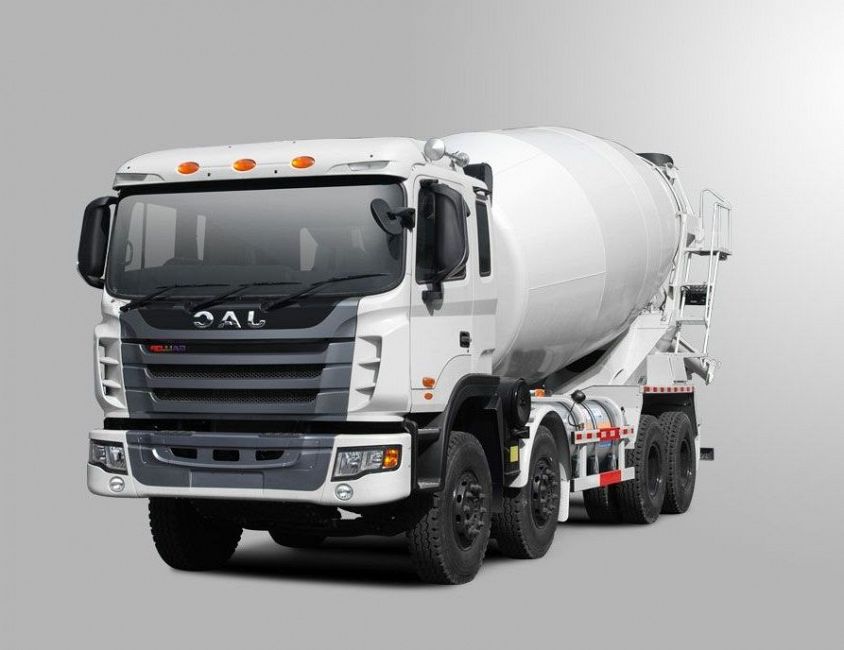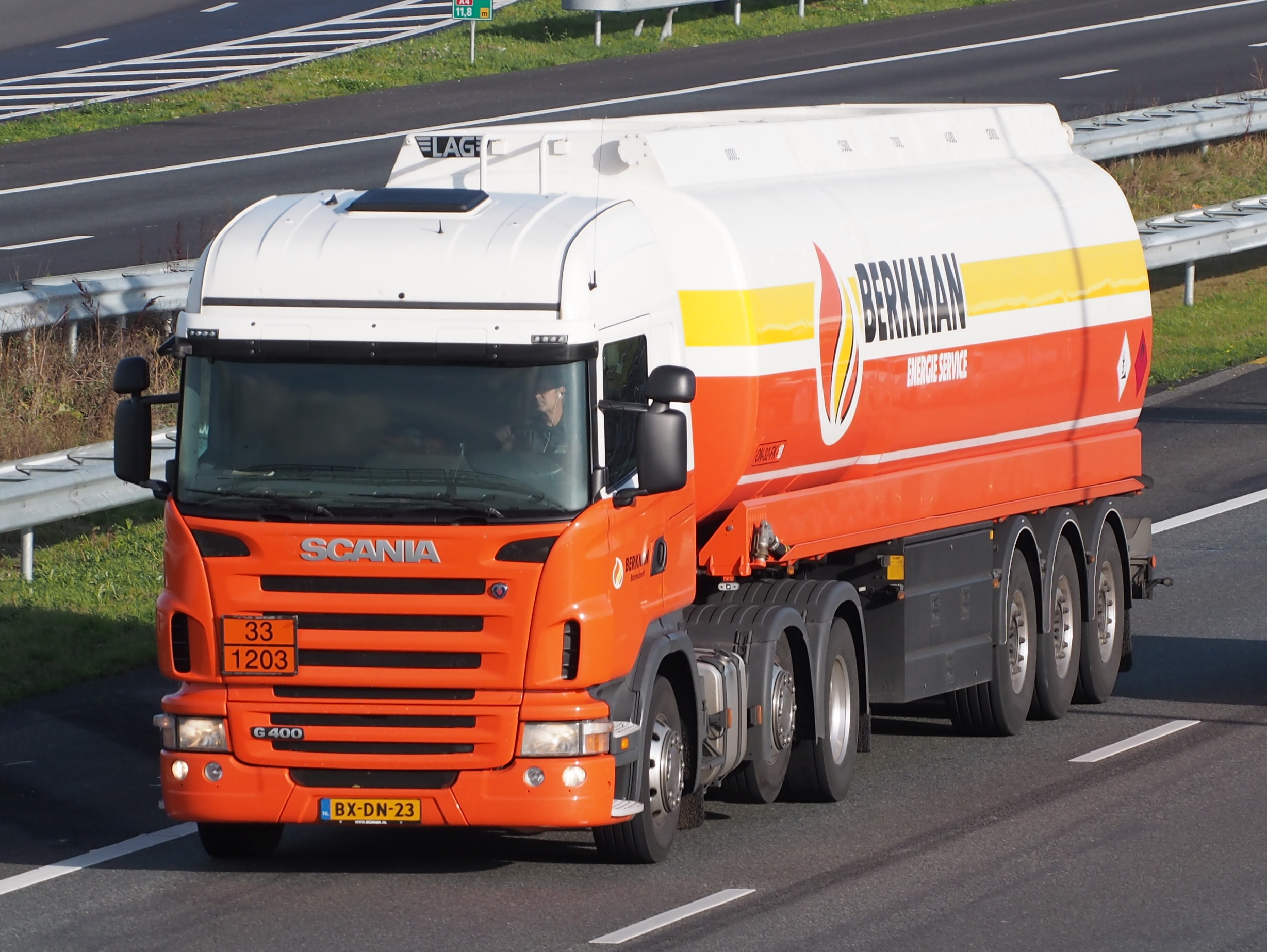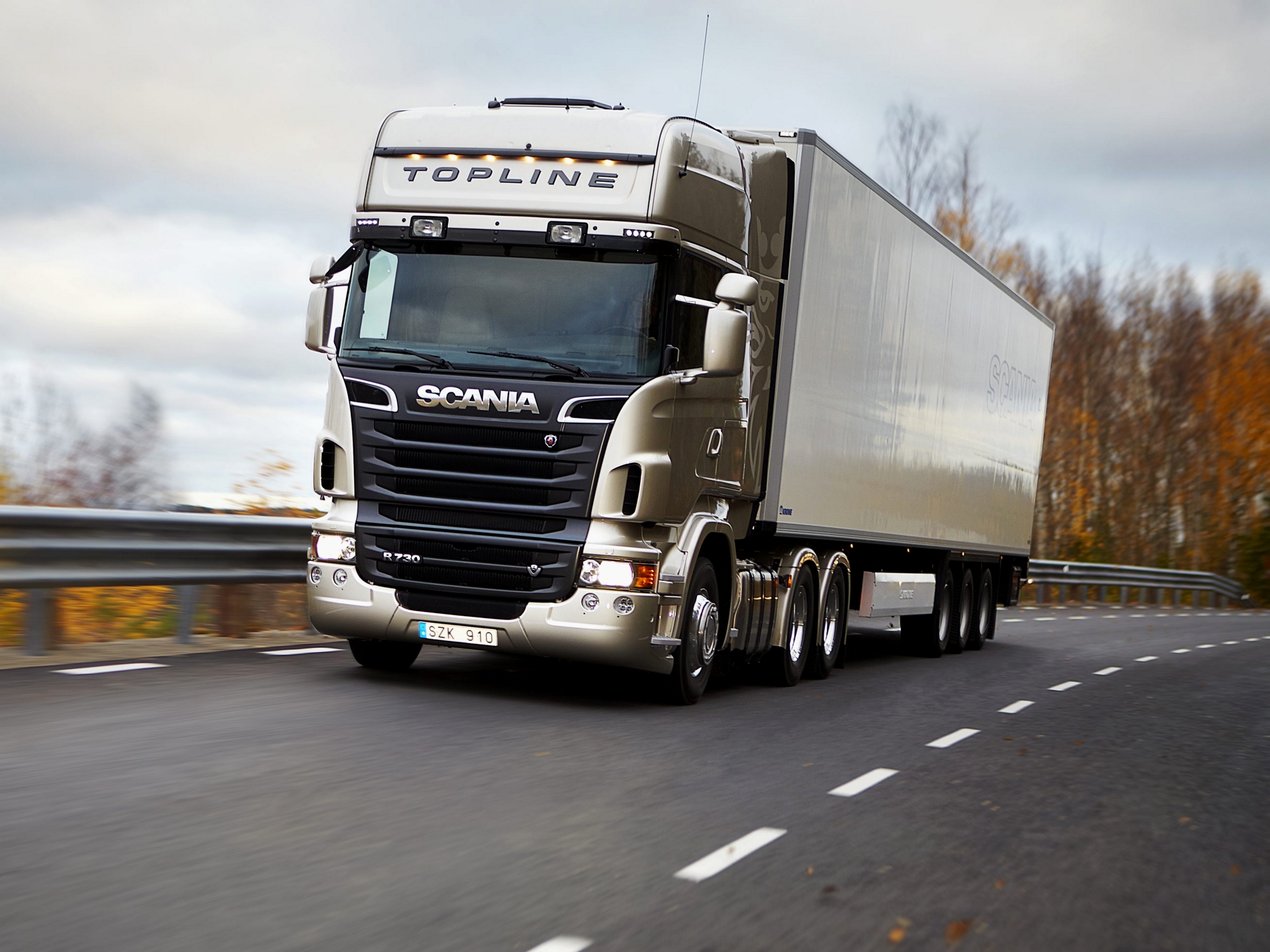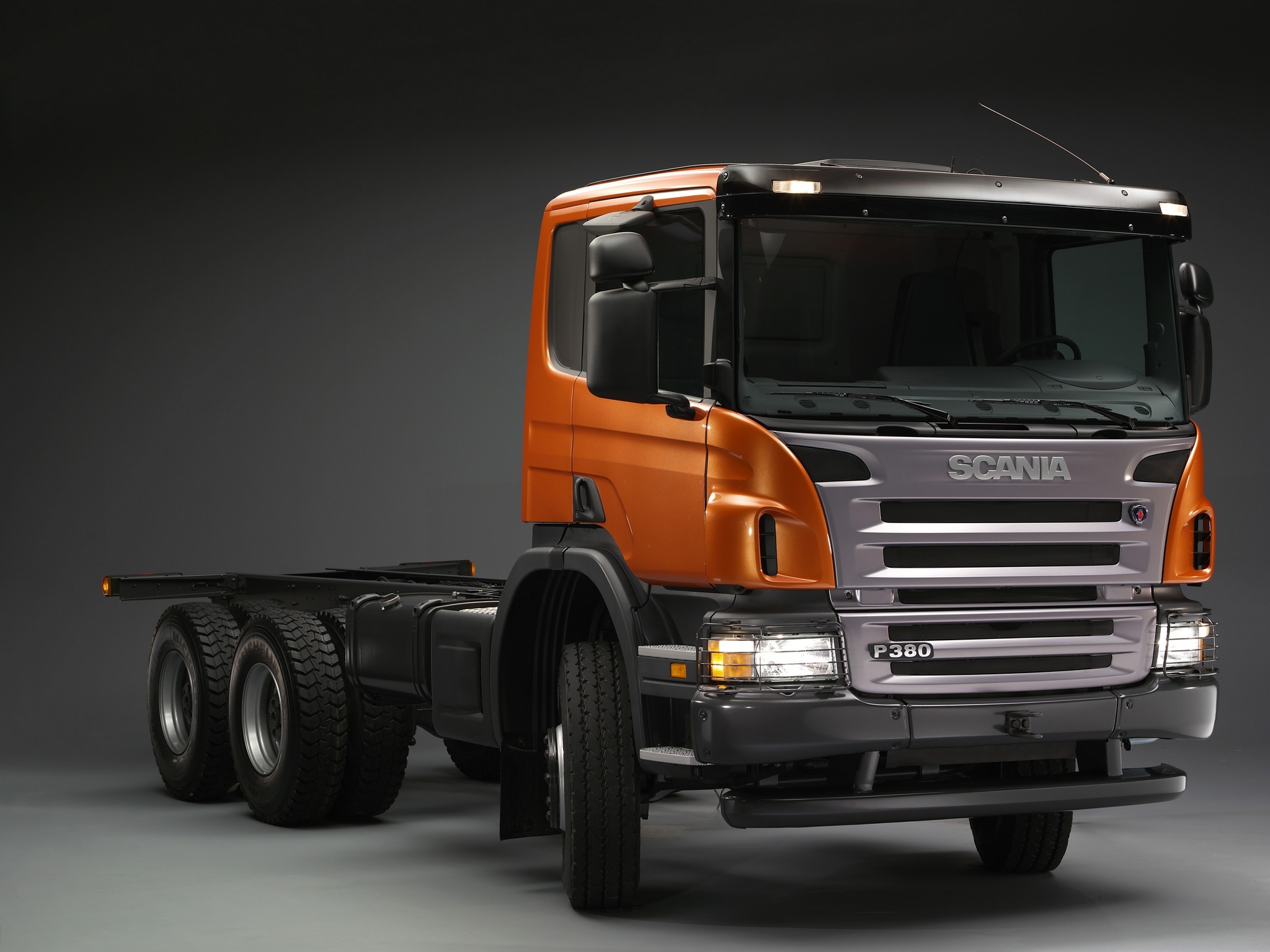

A concrete mixer (often colloquially called a cement mixer) is a device that homogeneously combines cement, aggregate such as sand or gravel, and water to form concrete. A typical concrete mixer uses a revolving drum to mix the components. For smaller volume works, portable concrete mixers are often used so that the concrete can be made at the construction site, giving the workers ample time to use the concrete before it hardens. An alternative to a machine is mixing concrete by hand. This is usually done in a wheelbarrow; however, several companies have recently begun to sell modified tarps for this purpose.The concrete mixer was invented by Columbus, Ohio industrialist Gebhardt Jaeger.

The AEB system combines radar and a camera that works together to identify and monitor vehicles in front. The system is designed to deal with both stationary and moving vehicles and can prevent a collision with a moving target at relative speeds of up to 70 km/h. When the system detects a vehicle that the truck will hit at its current speed, the warning system activates a constant red light in the windscreen in order to bring the driver's attention back to the road.
.jpg)
It features a darken halogen HID headlights borrowed from the some base equipment of the FH16, a refreshed grille, and a redesigned dashboard with a choice of two digital dials and two analogue gauges, as well as a new steering wheel and an infotainment system. It also comes standard with the Volvo Dynamic Steering System. It is available with a choice of carry-over engines with Euro-VI.
.jpg.opdownload)
The facelift which adds the new styling and added engines. It was the first time fitted with LED daytime running lights. Also, Volvo launched its related to the FM, the FMX. It also comes standard with the Volvo Dynamic Steering System. It features a choice of two headlights (a halogen HID and a projector HID) both borrowed from the current generation FH. It also adopts a refreshed grille, and the redesigned dashboard with a choice of two digital dials and two analogue gauges, as well as a new steering wheel and an infotainment system. It is available with a choice of carry-over engines with Euro-VI.

. The Scania L-series is purpose-designed for congested city conditions.The 7-litre engine is a lightweight, robust and modern inline six engine with a swept volume of 6.7 litres. It offers up to in its most powerful 280 hp iteration. It features Scania´s in-house designed exhaust gas aftertreatment system with efficient SCR-technology and can be fitted with an engine-driven Power Take Off (PTO).

Features such as the new positioning of the driver seat, lowered side window, new slim design of the A-pillars and a larger surface area of glass, bring a whole new level of visibility.The dashboard has also been lowered to enhance forward visibility.All our Euro 6 engines are approved to run on up to 100% HVO. Our latest improvements to the 13-litre go even further and reduce fuel consumption by up to 2%. The range also offers a 410 hp 6-cylinder gas engine.

Optimal driver position. It’s where Scania started when we designed the R- series cab interior. Optimised modular instrument panel too. With a larger display, improved graphics and intuitive controls at your fingertips you can keep your full attention on the road ahead. Scania has the broadest range of powertrains on the market. Now it’s even broader with the addition of the performance stage 540 hp. We have in fact updated the whole range of 9 & 13-litres Euro 6 engines giving a fuel saving of around 2% fuel. All Euro 6 engines are approved to run on up to 100% HVO, which reduces environmental impact and fuel consumption without compromising strength.

Urban driving involves many starts and stops, repeated climbing in and out of the cab, and the constant need to keep track of other vehicles and pedestrians around the truck while driving. This may be both stressful and challenging.The new Scania P-series is renowned for being handy in many different applications and operations. Entrance to the cab is low, with convenient handles that make it easy to climb in and out. The driver sits high and has a good view of the traffic ahead.The 7-litre engine makes the engine tunnel a whole 95 mm lower than in a regular P-cab, improving cross-cab access and creating a more spacious interior feel. It is a great choice when operating in dense traffic which necessitates access for entry and exit through the passenger door.
.jpg)
e Trakker is a truck produced by Iveco for use in construction. It is available with a total mass (gross vehicle weight) of 20–56 t (19.7–55.1 long tons; 22.0–61.7 short tons). It has a strong frame, off-road capability, different axles, and an optional all-wheel drive.Contents1 Motors2 Axle ends and drive combinations3 Gallery4 References5 External links

The Renault Trucks K is a range of heavy-duty trucks for construction introduced in 2013 by the French truckmaker Renault Trucks.The Renault Trucks K incorporates an all-wheel drive system as well as security and comfort improvements. The maximum gross combined weight is 120 tonnes.The K offers two Euro 6 six-cylinder engines, the 11 L DTI 11 (with a power output of 380, 430 and 460hp) and the 13 L DTI 13 (440, 480 and 520hp).